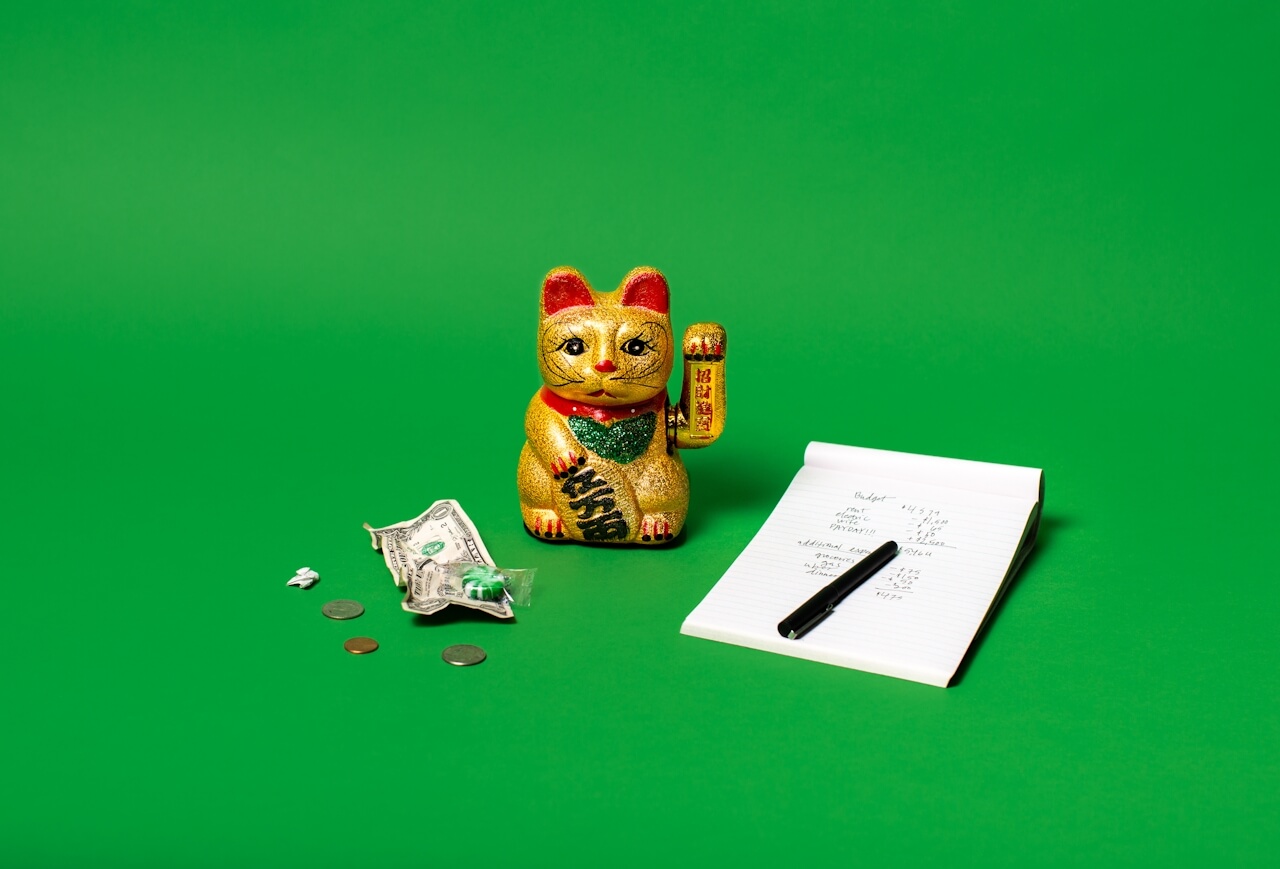I was watching a documentary last night about Hitchcock, and there's this moment where he's explaining how he controls exactly what the audience feels, shot by shot. Not through dialogue or plot twists, but through the pure mechanics of visual storytelling. It struck me how much we've forgotten this in digital brand work – we're so obsessed with messaging that we've abandoned the power of showing.
The best brands today aren't just telling stories; they're architecting experiences through design storytelling. They understand that every pixel placement, every micro-animation, every moment of visual tension is a narrative choice.
Take Linear's onboarding flow. It's not explaining project management – it's demonstrating speed through motion design. Those subtle keyboard shortcuts appearing as you type, the way issues cascade into view, the deliberate pacing of each reveal. This is design storytelling at its most sophisticated: the interface itself becomes the narrative.
"I've started treating every design system like a film director treats a shot list," says 67961be73378773c7b3d3670.
Visual hierarchy isn't just about making things scannable anymore. It's about choreographing attention. When Arc browser launched, they didn't lead with features – they created this beautiful scrolling experience where the browser interface literally unfolds as you move down the page. Each section reveals at exactly the right moment, building anticipation like a good thriller.
The tools are catching up to this thinking too. Figma's new variables and conditional logic mean we can finally prototype these narrative experiences without writing code. But the real shift is conceptual. We're moving from static brand guidelines to dynamic storytelling systems.
The most powerful brands don't explain their value proposition – they create moments where you feel it.
I've been experimenting with what I call "tension mapping" in recent projects. Before touching any design tools, I sketch out the emotional arc of a user's journey like a screenplay. Where's the moment of doubt? When does curiosity peak? How long do we hold the reveal?
Stripe does this brilliantly on their homepage. That gradient that shifts as you scroll isn't decoration – it's pacing. The way code snippets animate in from the side creates rhythm. They're not just showing you payment infrastructure; they're performing reliability through motion design.
This approach changes how we think about brand systems entirely. Studios like Metabrand are exploring how identity evolves when every interaction becomes a narrative opportunity. Your typography isn't just legible or beautiful – it's performing a role. Your color system isn't a palette – it's emotional choreography.
The mistake most founders make is treating design storytelling as a luxury add-on, something you layer on after the "real" design is done. But the brands winning right now understand it's foundational. Every micro-interaction is a sentence in your brand story.
Even B2B SaaS companies are getting this. Notion's drag-and-drop isn't just functional – watch how blocks gently bounce when they land, how they fade when moving. These aren't features; they're personality traits expressed through motion. The product feels playful because it moves playfully.
The technical bar is rising too. With Framer Motion and Rive, we can create cinema-quality animations that load instantly. But more tools won't save boring brands. The real challenge is developing the narrative instinct – knowing when to accelerate, when to pause, when to surprise.
I've started asking different questions in design reviews. Instead of "Is this clear?" I ask "What's the story here?" Instead of "Does this convert?" I wonder "Does this create feeling?" The metrics haven't changed, but the path to achieving them has.
The next wave of brand innovation won't come from new visual styles or trending typefaces. It'll come from brands that understand design storytelling as a core competency – as essential as product development or growth strategy. The brands that will define the next decade are already thinking in scenes, not screens.










